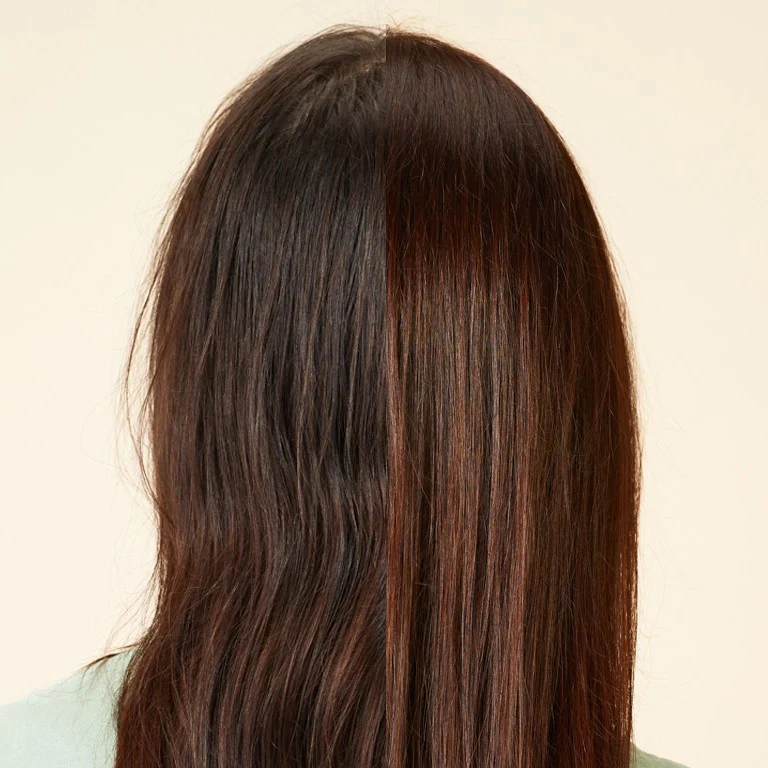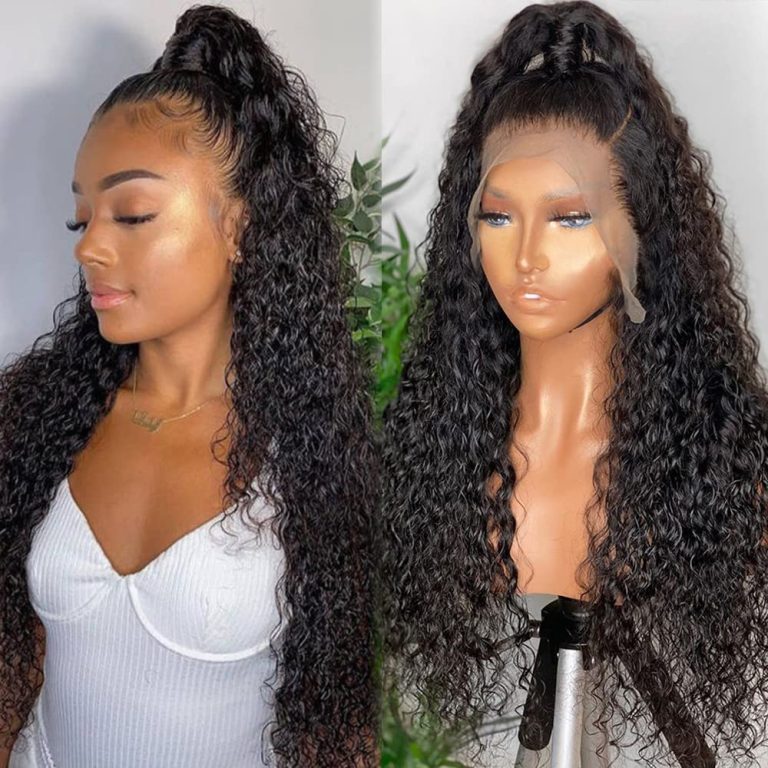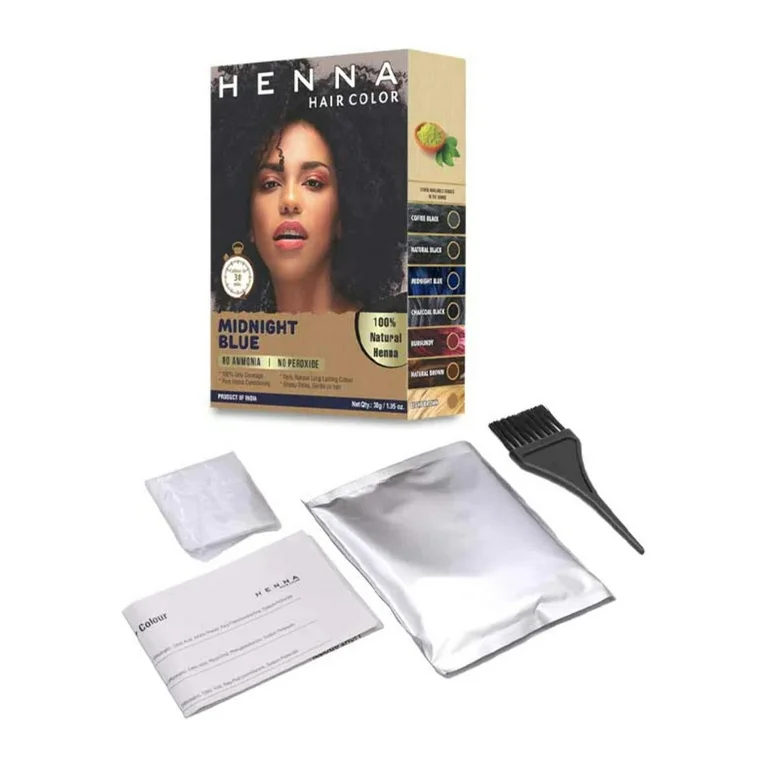
Is Henna Toxic? Debunking Myths and Revealing Truths
Overview of Henna and Its Uses
Henna is a natural dye with deep historical roots. Cultures around the world have used it for centuries, not just for its coloring properties, but also for its cooling effects and during cultural ceremonies. Is henna toxic? Today, henna is popular in modern beauty for both hair dyeing and skin tattoos, known as mehndi.
Historical and Traditional Uses of Henna
Traditionally, henna comes from the Lawsonia inermis plant. Its powdered leaves turn into a paste when mixed with liquids. People have been using this paste for body art, to cool the skin, and as a hair dye since ancient times. Historical evidence shows its presence in Egypt and India, significant civilizations that left a lasting impact on how henna is perceived today.
Henna in Modern Cosmetics and Tattooing
In contemporary times, henna isn’t just a traditional dye. It’s widely used in cosmetics and temporary tattooing. Its natural origin makes it appealing to those seeking organic beauty solutions. But not all henna is the same. The market also offers so-called ‘black henna’, which often contains artificial additives like PPD, leading to potential health concerns. People seeking henna for personal use must be aware of these differences. Whether for a temporary tattoo or natural hair dye, safe and authentic henna is the best choice.

Understanding the Composition of Henna
Is henna toxic?When exploring the use of henna, understanding its composition is crucial. Knowing what’s in your henna product can help you steer clear of health risks and enjoy its benefits safely.
Natural vs. Chemical Henna
Natural henna, derived from the Lawsonia inermis plant, is considered safe for most people. Its sole ingredient should be the powdered leaves of the plant. On the other hand, chemical henna might include various other ingredients. These additives can sometimes cause harmful reactions. Avoid ‘black henna,’ which often contains substances like PPD, a synthetic dye linked to severe skin reactions.
Common Additives Found in Henna Products
Some henna products might have extra components to change the color or longevity. For example, preservatives may extend shelf life, while dyes might intensify color. However, not all additives are safe. Be wary of salts, metals, or synthetic compounds. These can lead to skin irritations or allergic reactions. Always review product labels and opt for those without unnecessary chemicals.
Health Risks Associated with Henna
While natural henna is generally considered safe, there are potential health risks to be aware of. These are mainly linked to products that contain additives and chemicals rather than pure henna itself. Understanding these risks can help you make informed choices and avoid adverse reactions.
The Impact of PPD in Black Henna
Black henna often contains paraphenylenediamine, or PPD. PPD can cause severe skin reactions such as redness, blisters, and scars. It is not a part of natural henna and is added to create a darker stain. This additive allows the henna to develop quickly and can shorten the dyeing process. However, its risks can outweigh these benefits, especially since there is no such thing as ‘natural’ black henna. Allergic reactions to PPD can be serious and sometimes require medical attention.
Potential Reactions from Henna Ingredients
Even with red henna, which typically has fewer adverse effects, additives can trigger reactions. These include itching, swelling, or skin irritation. It’s important to read the ingredient list of any henna product before use. Some people may react to natural ingredients like lemon juice or essential oils. Always patch test to see how your skin reacts. Safe practice minimizes the risks of using henna for skin art or hair coloring. Choose products wisely and use them with care to enjoy henna’s benefits safely.

Regulatory Standards and Safety Measures
Navigating the complex landscape of henna safety requires understanding the regulatory standards and guidelines that oversee its use. Is henna toxic?By adhering to established rules and employing meticulous scrutiny when selecting henna products, users can safeguard their health while enjoying henna’s benefits.
FDA Regulations on Henna
The FDA plays a crucial role in monitoring henna products in the United States. Although natural henna is exempt from FDA approval, the additives found in commercial henna mixtures, like black henna with PPD, fall under its scrutiny. The FDA has not approved PPD for direct application on the skin, which is common in black henna. The FDA advises against using these products due to the risks of severe allergic reactions. Thus, checking FDA guidelines before purchasing or using henna can prevent potential health hazards.
Guidelines for Identifying Safe Henna Products
To ensure the safety of henna used on skin or hair, following specific guidelines is essential. First, seek natural henna products that list Lawsonia inermis as the sole ingredient. Avoid products labeled as “black henna,” as they likely contain harmful additives like PPD. Always check the ingredient list for any undisclosed or unfamiliar components. Additionally, purchasing henna from reputable vendors who provide detailed information about the product’s origin and constituents can significantly reduce risks. Authentic henna is generally safe for use, but caution and educated choices are crucial to avoid adulterated products with toxic chemicals.
Safe Practices for Henna Application
To ensure your henna experience is pleasant and safe, understanding proper application techniques is vital.
How to Perform a Patch Test
Conducting a patch test is a simple and essential step before full henna application. Apply a small amount of henna paste to an inconspicuous part of your skin, such as inside your elbow or behind your ear. Leave the paste on for a few hours and then rinse it off. Wait 24 to 48 hours to observe any adverse reactions. If you notice any redness, itching, or swelling, it’s best to avoid using that henna product.
Tips for Choosing and Using Henna Safely
When choosing henna, always opt for natural henna products. Read the ingredient list to ensure it contains only natural components, primarily Lawsonia inermis. Steer clear of products labeled as ‘black henna,’ as these often contain potentially harmful additives like PPD.
Purchase henna from reputable suppliers who fully disclose the product’s ingredients. Avoid mixes with unknown chemicals or dyes, and prefer organic-quality henna when available. When using henna, always apply it in a well-ventilated area to avoid inhaling any fine dust particles.
Always use fresh henna paste; avoid using products that seem separated or altered in color and consistency. By adhering to these guidelines, you can enjoy the artistic and cosmetic benefits of henna safely and effectively.

Alternatives to Traditional Henna
Finding safe henna alternatives is important for those concerned with its potential risks. Is henna toxic?There are natural ingredients that can create a similar effect without exposing users to harmful chemicals. It’s also possible to find commercially available henna products that are safe and meet regulatory standards.
Natural Ingredients That Can Mimic Henna
There are several natural ingredients that can mimic the effects of henna:
- Beetroot juice or powder can be used for a reddish tint.
- Coffee grounds mixed with conditioner can offer a subtle darkening effect.
- A blend of turmeric and chamomile can give a golden hue to light hair.
These alternatives may not last as long as traditional henna but are gentle options.
Commercially Available Safe Henna Options
Many brands now sell henna products that comply with safety standards and are free from chemicals like PPD. Here’s how to find them:
- Look for a clear list of ingredients on the package.
- Search for certifications from health or organic bodies.
- Buy from trusted vendors with positive user reviews.
- Choose henna labeled as 100% pure Lawsonia inermis.
Ensure that you still perform a patch test even with these safer options.
By exploring these alternatives, individuals can still enjoy the benefits of henna while minimizing health risks. Always opt for natural ingredients and buy from reputable sources to safeguard your well-being.

Summary of Henna Safety Concerns
In this guide, we’ve detailed important safety tips about using henna responsibly. It’s clear that while natural henna poses few risks, products labeled as ‘black henna’ may contain harmful chemicals like PPD, leading to severe allergic reactions. The distinction between safe, natural henna and risky chemical henna underscores the need for vigilance when selecting products.
Key Points for Safe Use of Henna
- Choose Natural Henna: Always opt for 100% natural Lawsonia inermis products. Avoid ‘black henna’ that contains PPD or other dangerous additives.
- Read Labels Carefully: Examine the ingredient list to ensure no harmful chemicals are included.
- Purchase from Reputable Sources: Buy henna from trusted suppliers who transparently disclose all product components.
- Patch Test is Essential: Before full application, do a patch test to check for any skin reactions.
- Follow Usage Guidelines: Use henna as directed and monitor for any adverse effects during and after use.
Actions to Take if Adverse Reactions Occur
- Immediate Medical Attention: Seek professional help if severe allergic reactions, such as difficulty breathing or intense itching, occur.
- Stop Using the Product: Discontinue use of the henna product immediately if you notice undesired effects.
- Document the Reaction: Take photos of any skin reactions to help healthcare providers understand the extent of the reaction.
- Inform the Supplier: Reporting the adverse reaction to the manufacturer can help them take possible actions to prevent future issues.
- Review Ingredients: Re-check the product’s ingredients to identify potential allergens.
By understanding these key points and actions, users can enjoy the artistic and cosmetic benefits of henna safely and responsibly, minimizing risks to health.

